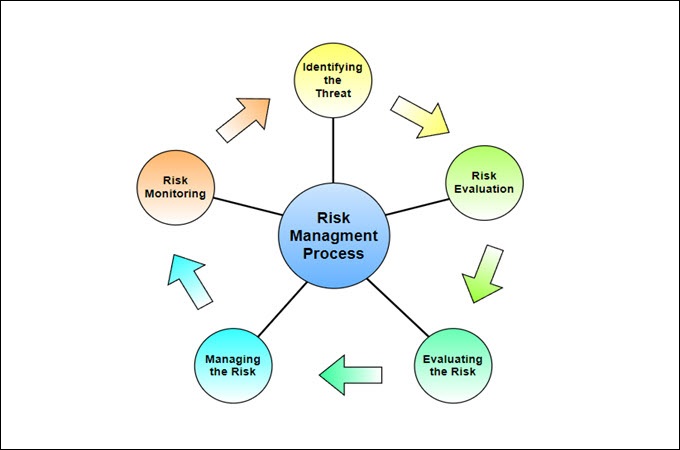
Risks are managed on a regular basis on every businesses. This management process is among the most significant components of any business since it deals with the protection of all information in the firm. When it comes to strategy management, firms’ top priorities have been claimed to be enhance the efficiency, accessibility, and reliability. On that note, all management and employees must understand how to develop risk management process that are both essential and efficient. Having said that, you can continue reading below to fully understand about his great process.
Risk Management Process Introduction
- Risk Management Process Definition
- Components of Risk Management Framework
- Risk Management Plan Example by GitMind
- Benefits of Using Risk Management Plan
Risk Management Process Definition
The purpose involves identifying, evaluating, and controlling possible risks in order to limit the adverse consequences that has on a company is referred to risk management plan. Security flaws, accidental deletion, cyberattacks, system failures, and environmental disasters are all examples of possible dangers. An good risk management approach will assist in determining which hazards represent the greatest danger to a business and will give instructions for dealing with issues.
Components of Risk Management Framework
Identifying the Threat
It is critical to recognize all of the many sorts of hazards that the company may encounter. These hazards may be recorded manually, but if the firm has arisk management framework in place, the risk evaluation becomes much easier. The information obtained is instantly entered into the database.
Risk Evaluation
In the previous stage, all potential hazards to the business were recognized, which would lead towards the teams analyzing these hazards.
Evaluating the Risk
Accordng to the risk management plan example, the risk that causes modest discomfort to the company is assigned a low risk level, while hazards that have a significant effect on the process are assigned a highly risky valuation. Low-risk situations do not always necessitate intervention from superiors, but high-risk situations necessitate quick action.
Managing the Risk
It is now time to make a move after the risk management process have been assessed and identified. Each threat to the company or the program must be mitigated or removed. If risk management is carried out manually, team members must call each user to address the concerns.
Risk Monitoring and Assessment
Eventually, corporations and businesses will realize that some dangers cannot be avoided and will remain pervasive. External risks such as price risk and environmental problems are examples of ongoing risks. that is why it is important to monitor and assessment all the possible risk.
Risk Management Plan Example by GitMind
If you want a genuinely well-defined approach of knowing what risks and opportunities within your company or how they may effect a project or organization, and how to respond to them. Then, making a risk management framework will be the best way manage that. In this case, you can utilize GitMind to make all of your thoughts and visions a reality. It is a brainstorming and graphing tool that will help you to build interesting and professional-looking projects. Having that said, you can learn more about this fantastic tool and test out the available template by clicking the button below.

Benefits of Using Risk Management Plan
Above all, having a risk management plan is really beneficial. all the efforts may appear to entail solely extra expenditures. Nevertheless, these actions can save the organization a large amount of money in the long run. The benefits considerably surpass the expenditures of these operations. As a result, viewing them as a cost object is a short-sighted approach that might cost the firm greatly in the long term. There are so many more advantages to effective risk management than these, but if you consider them, you should be well on your approach to comprehending the variety of advantages that risk management can provide your firm.
Conclusion
The fundamental procedures of risk management process remain the same if the organization manages it technologically or manually. All businesses, regardless of size, confront risks, and they must accurately identify, analyze, monitor, and manage the risks they encounter now and in the future in order to enhance their work activities.
Leave a Comment